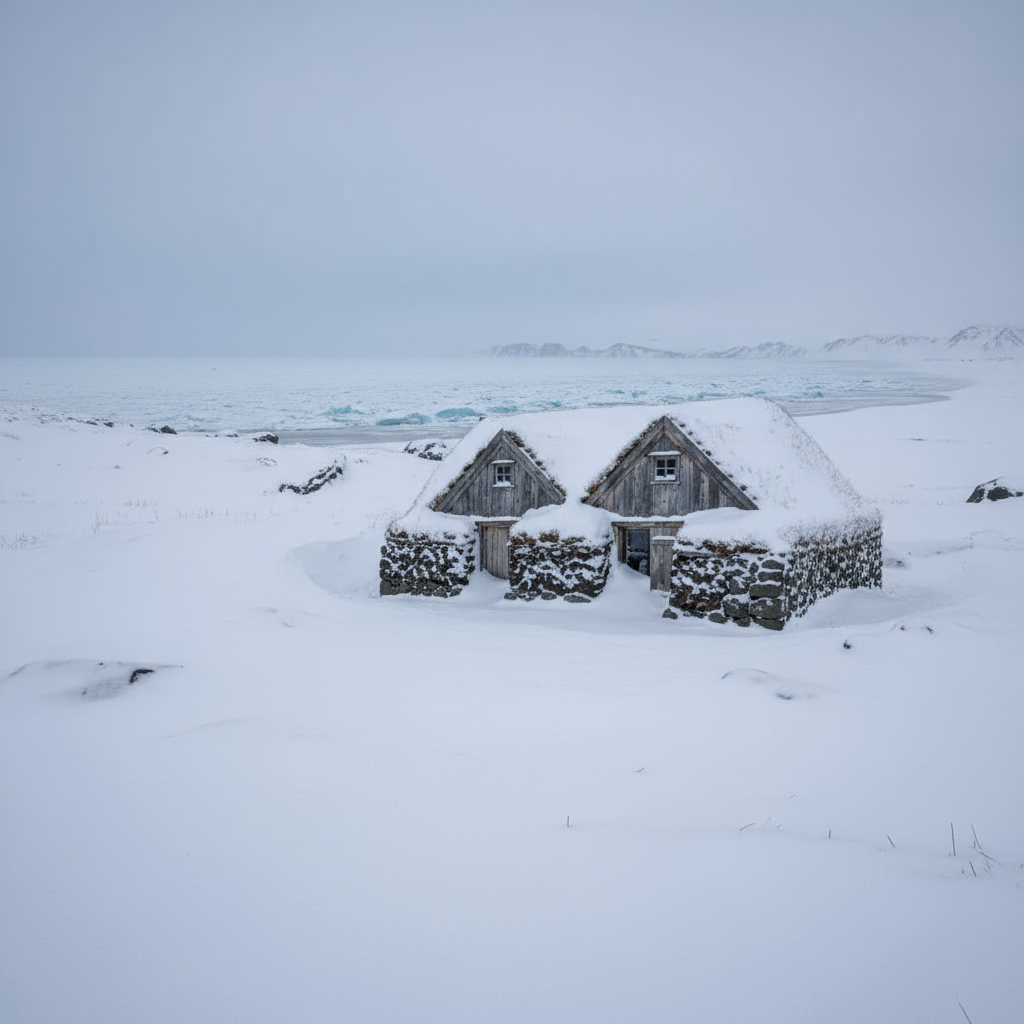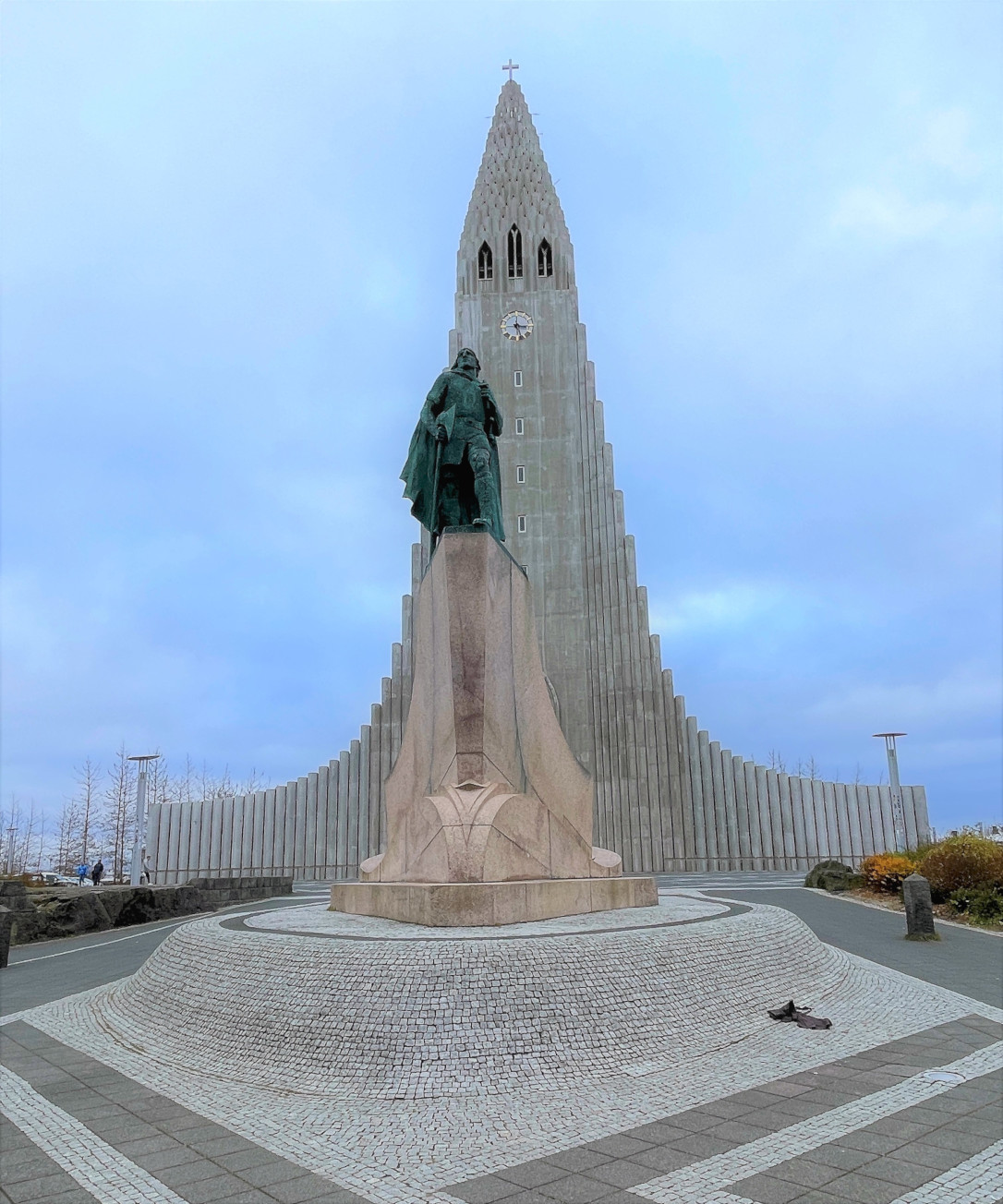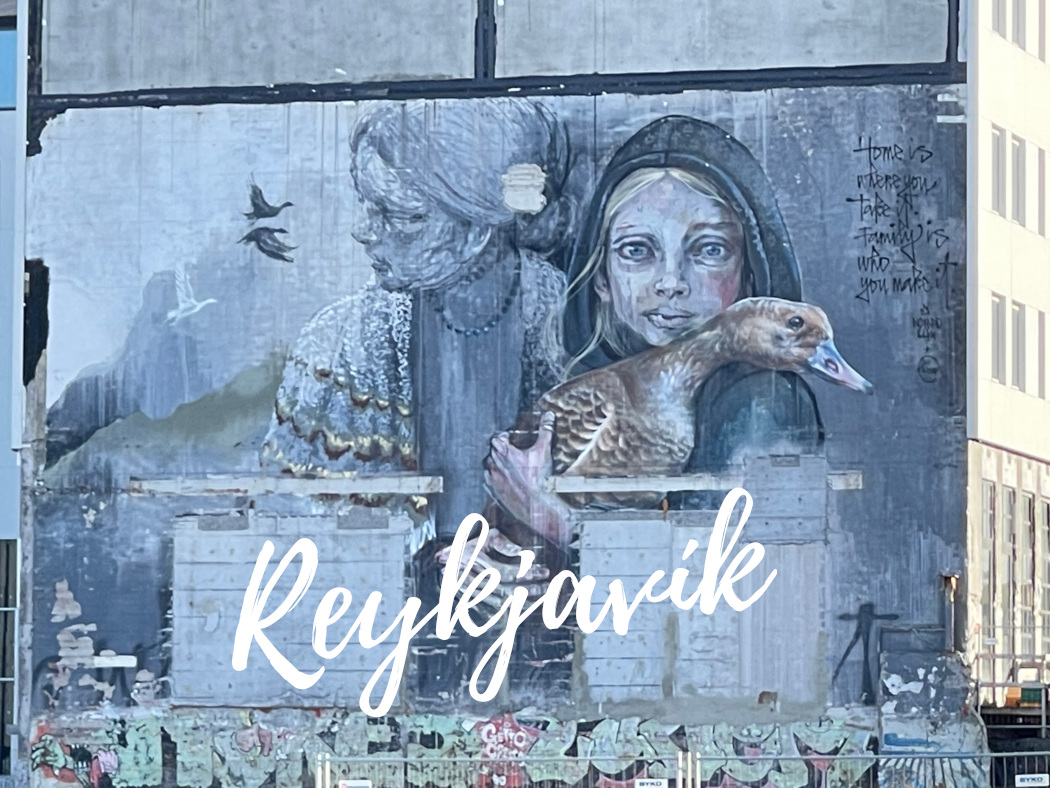 |
| Photo 1: Suðurgata 39 (Valhalla) |
Valhalla is a beautiful cement house on Suðurgata 39 across the street from Hólavalla Cemetery. This house is often a forgotten gem located only minutes from the pond.
 |
| Photo 2: Corner of Suðurgata and Hringbraut in 1919. Courtesy of Ljósmyndasafn Reykjavíkur |
Valhalla’s story appears to vary depending on the source. To this day, no one seems to know exactly how this house came to be.
Version 1: It begins in Tálknafjörður when the Norwegians were whale hunting by Iceland.
The whale hunt station manager in Tálknafjörður was a Norwegian by the name of Johan Engebret Stixrud (1859-1912).
When Sigurður Briem (1860-1952) traveled with Stixrud to Reykjavík, he was told that Stixrud had purchased the whale station from the Russian Emperor Alexander III who had built a large whale station north of the White Sea and sold it to Stixrud. To fill in the gaps, Stixrud must have shipped it to Iceland and rebuilt it in Tálknafjörður. In 1914, Stixrud sold it to Pétur A. Ólafsson (1870-1949) who was at the time operation manager for the seal hunting corporation, Kópur hf.
The wood from the hunting station was later used in the building of Valhalla in Reykjavik as a structure behind the outer cement walls. The house the Norwegians lived in on Tálknafjörður was called Braggó and at the end of 19th century it was engulfed in flames. Pétur Ólafsson purchased the salvageable wood from that house to use in the building of Valhalla in 1916.
 |
| Photo 3: The old Whale station in Suðureyri. Source |
Version 2: Pétur Ólafsson purchased the Norwegians’ house on Suðureyri and moved it to Reykjavík. Once the house had been placed on Suðurgata 39 he cemented the outer walls and named it Valhalla.
Version 3: Pétur and his wife, Marie Kristine Arnesen built a huge house on Geirseyri in Patreksfjörður in 1898. They called the house Valhalla. The house was originally built to be a restaurant. When they moved to Reykjavík in 1916, they built a beautiful cement house on Suðurgata 39 and called it Valhalla.
 |
| Photo 4: Valhalla in Geirseyri. Source |
Version 4: The house was originally moved from Finland where it was used by the Russian Emperor Alexander III as a fishing house. Today there is a fishing lodge in Langinkoski, Finland that belonged to Alexander III, but it is still standing today.
 |
| Photo 5: Alexander III fishing lodge in Langingosky, Finland. Source |
When the Valhalla blue prints were studied they showed that a wooden skeletal structure was planned as the inside structure for the cemented outer walls. In 1994 when the house went through a lot of changes, a large wooden structure was seen throughout the house and appeared much older than the house itself which was built in 1916.
Valhalla was used as a residential home until about 1948 when it became mostly used for political purposes. Then in the early 1970’s it was refurbished to become a preschool. Currently it is being used by the Archaeological Heritage Agency and the Architectural Heritage Board.
One of the most known stories about the house happened in 1942 when Guðrún Haraldsdóttir (1911-1942) was staying with her sister who lived in the basement. The sister wasn’t aware that Guðrún was pregnant.
All she knew was that Guðrún had been coughing a lot and not feeling good. It wasn’t until one day when everyone present in the basement at the time suddenly heard a baby crying in the bathroom. They rushed over to the bathroom to investigate, but the door locked.
Guðrún´s sister ran outside and climbed through the bathroom window only to find Guðrún up against the wall and a baby boy crying next to her on the cement floor. They were able to save the boy, but Guðrún was already dead. The baby was taken to the National University Hospital of Iceland (Landspítalinn).
 |
| Photo 6: Suðurgata 39 (Valhalla) |
A little less known is that 22 years earlier, on Tuesday August 17th, 1920, Hallgrímur Jónsson (1875-1961) and his wife Vigdís Erlendsdóttir (1871-1948) from Grundarstígur 17 (Today, Grundarstígur 17 is Downtown Charm tourist apartments), were invited to a private séance with the English medium Alfred Vout Peters (1867-1934).
The couple’s meeting with Mr. Peters was to take place at Valhalla on Suðurgata 39 from 11:00 a.m to 12:00 p.m. Mr. Peters had already the reputation of being an extraordinary medium for 25 years.
The couple had heard a lot about Mr. Peters. Although he had an impressive reputation, the couple had heard his descriptions of the dead were so vague and indecisive that they could be about anyone.
When contacting the dead, Mr. Peters preferred touching items owned by the dead person, so Hallgrímur and Vigdís brought such items to the meeting. When they arrived at Valhalla, it was only the two of them and the medium, Mr. Peters.
 |
| Photo 7: Alfred Vout Peters. Source |
The first item Mr. Peters picked up was a tassel cylinder called skúfhólkur that used to belong to Vigdís’ mother. As Mr. Peters felt the cylinder in his hands, he described her mother in a clear image. He started out by explaining how she wanted to be everyone’s mother and how she loved coffee, but not regular coffee, only exquisitely good coffee. Vigdís and Hallgrímur felt he described peculiarities that were specific to her mother.
 |
| Photo 8: Skúfhólkur is the metal cylinder on the tassel part of the hat. Courtesy of Mirra. |
The next item Mr. Peters picked up was a silver belt ornament called beltispör which used to belong to Vigdís’ sister, Kristín. While touching the belt ornament, Mr. Peters described Kristín so vividly both during her time in Iceland and her stay in America that the couple was taken aback.
Then the silver belt-pair brought Mr. Peters to the couple’s house. He described their bedroom and everything in it. He went into such detail as to tell them that their silver trinkets were stored in a dresser drawer in the room where a very sick person had stayed fairly recently. It so happened that a sick girl had stayed in the room until she was taken to the hospital where she died soon after.
 |
| Photo 9: The two large circles are called beltispör (belt pairs). Courtesy of Orly Orlyson |
The third item Mr. Peters picked up was a necklace. Touching the necklace made Mr. Peters want to sing. He explained the owner of it loved singing and would usually hum while working and just at random occasions.
All of a sudden, Mr. Peters became very uncomfortable and felt like he was suffocating. The man who had owned the necklace had drowned in Skerjafjörður.
Then Mr. Peters jolted and said he could hear someone constantly calling María, María.
One of the items the couple had brought with them was a letter on the table from Hallgrímur’s aunt, María Jónsdóttir. She was from Fell in North Kollafjörður. It was her last letter to him, but Mr. Peters never touched it.
The Mr. Peters picked up a small silver piece and it connected him to a person who had been very independent and educated. The person got their degree in Copenhagen. Not in the modern day Copenhagen, but in the old one. The person spoke English and was in contact with important Germans. The person had also written a lot of fiction.
Mr. Peters continued on describing the person’s behavior in detail. This all fit the description of the person who had given Hallgrímur the silver piece. Her name was Torfhildur Þorsteinsdóttir Holm (1848-1918) . She had gone to Copenhagen in 1865 and studied there. She exchanged letters with the Germans Carl Küchler and J. C. Poestion. She wrote a lot and she was mostly known for her fiction.
 |
| Photo 10: Torfhildur Holm. Source |
After the seance, the couple felt they had without a doubt, witnessed Mr. Peters’ ability to come in contact with people on the other side. They knew all the people who had owned the items and they felt that not even they themselves could have described the individuals so well in such a short time.
It would have taken them a while to think about it, but Mr. Peters did it so fluently that it was as if he read it right out of an open book.
 |
| Source
Sources:
Photo #1 by Anna María Friðriksdóttir
Photo #6 by Anna María Friðriksdóttir
|



